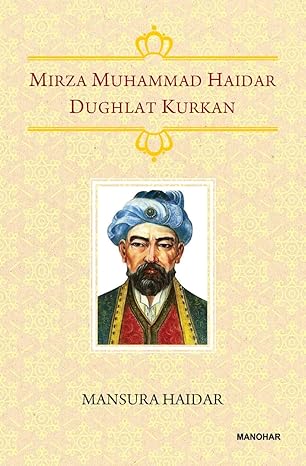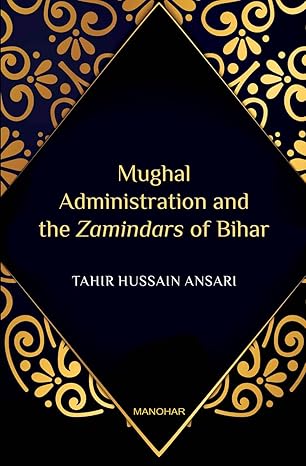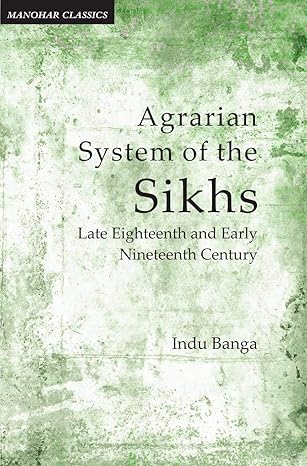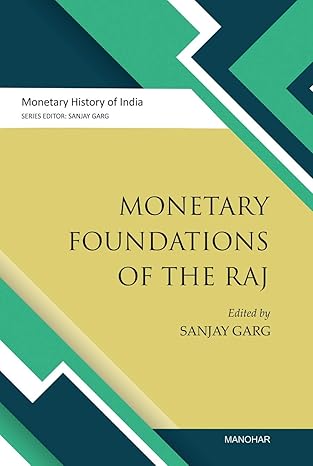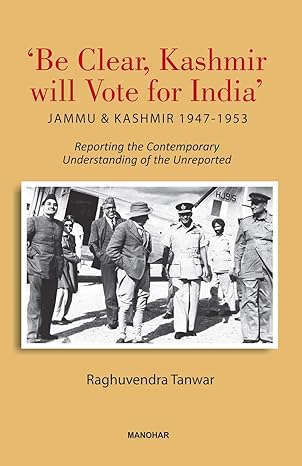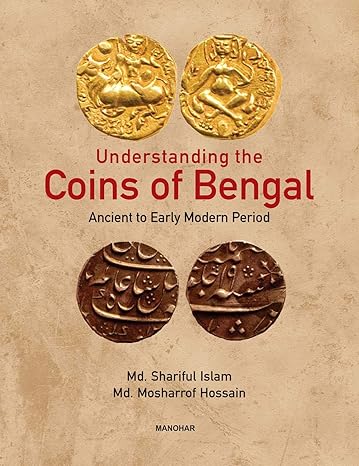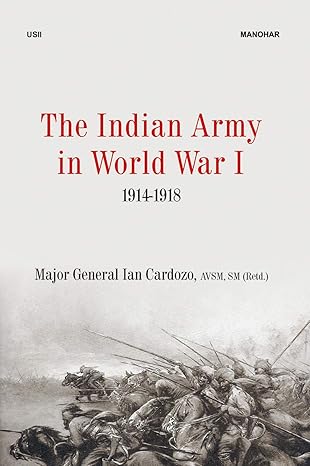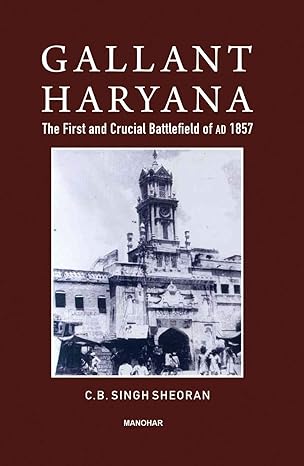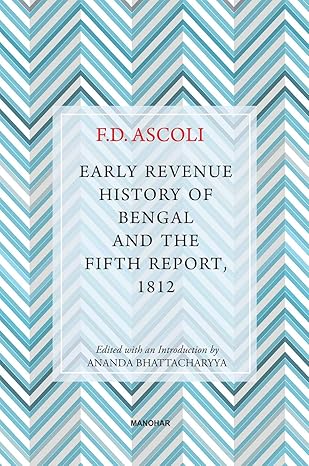History
Featured Products
Mughal Administration and the Zamindars of Bihar
₹1,228.15
M.R.P.:₹ 1,595.00
You Save: ₹366.85 (23.00% OFF)
Agrarian System of the Sikhs: Late Eighteenth and Early Nineteenth Century
₹671.25
M.R.P.:₹ 895.00
You Save: ₹223.75 (25.00% OFF)
'Be Clear, Kashmir will Vote for India': Jammu & Kashmir 1947-1953.
₹1,271.25
M.R.P.:₹ 1,695.00
You Save: ₹423.75 (25.00% OFF)
Understanding the Coins of Bengal: Ancient to Early Modern Period
₹2,546.25
M.R.P.:₹ 3,395.00
You Save: ₹848.75 (25.00% OFF)
The Indian Army in World War I: 1914-1918
₹1,419.55
M.R.P.:₹ 1,595.00
You Save: ₹175.45 (11.00% OFF)
Gallant Haryana: The First and Crucial Battlefield of AD 1857.
₹1,998.15
M.R.P.:₹ 2,595.00
You Save: ₹596.85 (23.00% OFF)
Early Revenue History of Bengal and The Fifth Report, 1812
₹1,151.15
M.R.P.:₹ 1,495.00
You Save: ₹343.85 (23.00% OFF)
Hunting to Conservation: History of Wildlife in Colonial Assam, 1826-1947
₹1,843.80
M.R.P.:₹ 2,195.00
You Save: ₹351.20 (16.00% OFF)


